Triceptide
$125.00
- Goals: Anti-aging support, cellular repair, immune regulation
- Administration: 100–300 mcg subcutaneously, daily (research settings)
- Cycle Length: 4–8 weeks
- Note: A synthetic short peptide composed of three amino acids, studied for regenerative and protective properties
Triceptide is a research compound composed of a short chain of three amino acids, studied for its potential in cellular regeneration, immune support, and anti-aging research applications in Canada.
Related products
What is Triceptide?
Triceptide refers to a synthetic peptide fragment consisting of three amino acids linked together. Short peptides such as tripeptides have been widely researched for their role in signaling pathways that regulate cellular repair, immune balance, and protein synthesis. Triceptide is of interest in the fields of anti-aging and regenerative medicine, with studies exploring its impact on tissue health and stress adaptation.
How Does Triceptide Work?
Triceptides act as biological messengers, influencing protein synthesis, enzyme activity, and cellular communication. Depending on the amino acid composition, these peptides can play a role in collagen production, antioxidant defense, and cellular regeneration. Research suggests potential applications in skin health, wound healing, and overall metabolic function.
Chemical Properties
| Chemical Name | Triceptide (Tripeptide) |
| CAS Number | Varies by sequence |
| Molecular Formula | Varies by amino acid composition |
| Molecular Weight | ~300–500 g/mol (depending on sequence) |
| Peptide Class | Short-chain tripeptide |
Potential Benefits of Triceptide
- Anti-Aging Support: Studied for promoting collagen production and skin health.
- Cellular Repair: May aid in tissue regeneration and recovery from stress.
- Immune Regulation: Research suggests possible modulation of immune system activity.
- Antioxidant Properties: Some tripeptides are studied for reducing oxidative stress at the cellular level.
Clinical Research & Findings
Research on triceptides spans multiple domains, including dermatology, wound healing, and systemic regeneration. Studies suggest that short amino acid sequences can act as signaling molecules to activate repair pathways. While individual tripeptides vary by amino acid sequence, the class as a whole is considered promising for anti-aging and immune-related research.
Dosage & Research Protocols
- Research Dose: 100–300 mcg per day
- Administration: Subcutaneous injection, oral, or topical (depending on study design)
- Cycle Length: 4–8 weeks
Protocols vary widely since different triceptide sequences target different biological pathways. Subcutaneous injection is most often used in systemic research, while topical delivery is common in dermatological studies.
FAQs
Is Triceptide legal in Canada?
Yes. Triceptide is legal for research use in Canada but is not approved for human consumption.
What are the main research applications of Triceptide?
Studies focus on anti-aging, skin health, cellular regeneration, and immune modulation.
How is Triceptide administered?
It may be studied via subcutaneous injection, oral supplementation, or topical application depending on research design.
Are all triceptides the same?
No. The biological activity depends on the exact amino acid sequence, which determines the peptide’s specific role in cellular processes.
Disclaimer
For laboratory use only. Not for human or veterinary use.
This peptide is intended strictly for research under controlled laboratory conditions. Buyers are responsible for ensuring legal and ethical compliance with institutional, local, and federal regulations.
{
“@context”: “https://schema.org”,
“@type”: “FAQPage”,
“mainEntity”: [
{
“@type”: “Question”,
“name”: “Is Triceptide legal in Canada?”,
“acceptedAnswer”: {
“@type”: “Answer”,
“text”: “Yes. Triceptide is legal for research use in Canada but is not approved for human consumption.”
}
},
{
“@type”: “Question”,
“name”: “What are the main research applications of Triceptide?”,
“acceptedAnswer”: {
“@type”: “Answer”,
“text”: “Research applications include anti-aging, cellular repair, skin health, and immune regulation.”
}
},
{
“@type”: “Question”,
“name”: “How is Triceptide administered?”,
“acceptedAnswer”: {
“@type”: “Answer”,
“text”: “It is studied via subcutaneous injection, oral delivery, or topical application depending on the protocol.”
}
},
{
“@type”: “Question”,
“name”: “Are all triceptides the same?”,
“acceptedAnswer”: {
“@type”: “Answer”,
“text”: “No. The biological activity of a triceptide depends on its amino acid sequence, which determines its role in cellular processes.”
}
}
]
}
Be the first to review “Triceptide” Cancel reply
You must be logged in to post a review.
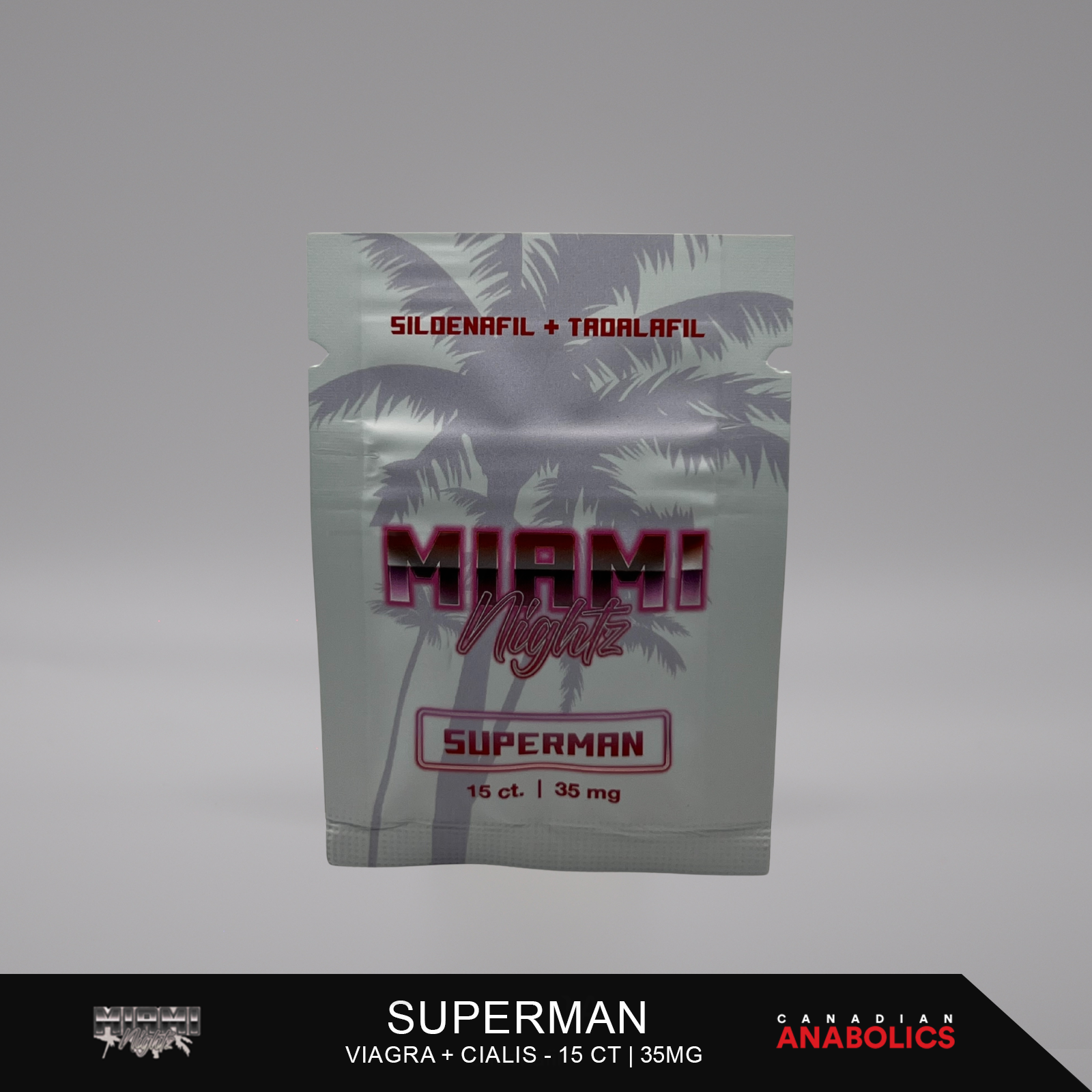


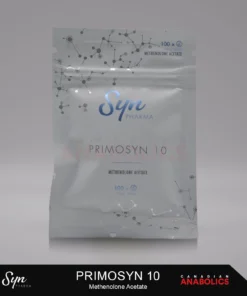
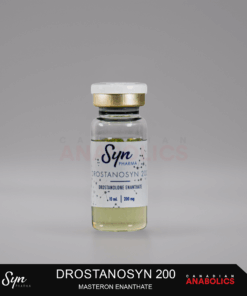
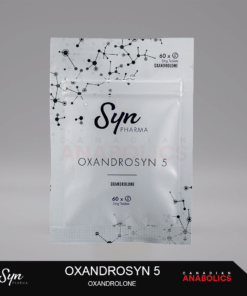
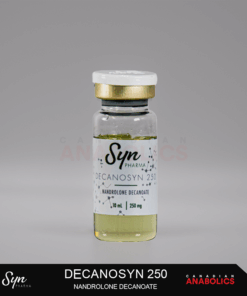
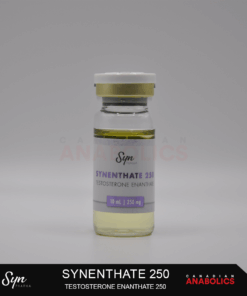



 SEPTEMBER 29TH, 2025 – IMPORTANT SHIPPING UPDATE
SEPTEMBER 29TH, 2025 – IMPORTANT SHIPPING UPDATE
Reviews
There are no reviews yet.